
2024-10-03 06:50:00
ENERGY REDUNDANCY IS EXPENSIVE
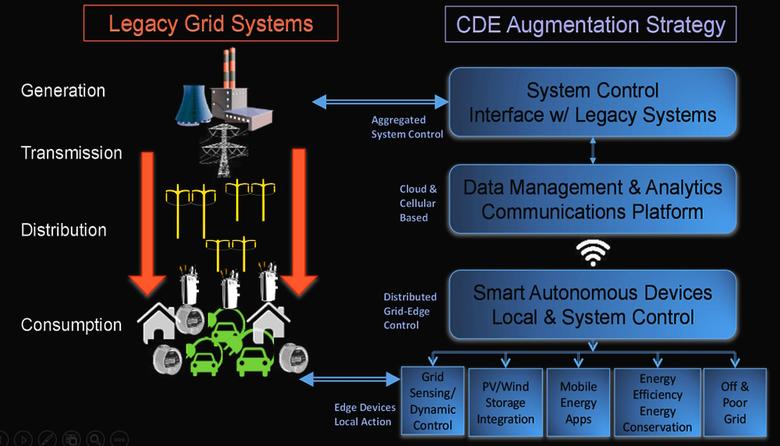
By Ed Reid Vice President, Marketing (Retired) / Executive Director (Retired) / President (Retired), Columbia Gas Distribution Companies / American Gas Cooling Center / Fire to Ice, Inc.
ENERGYCENTRAL - Sep 24, 2024 - It is broadly, though not universally, acknowledged that a Net Zero electric grid powered predominantly by intermittent renewable generation sources such as wind and solar would require support from dispatchable generation sources to “fill in the blanks” when wind and solar were unavailable or inadequate to meet the demands of the grid. These sources are generally referred to as Dispatchable Emission-Free Resources (DEFRs).
-----
Earlier:
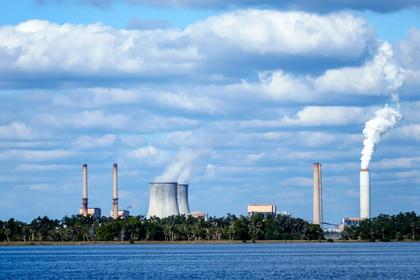
2024, September, 30, 06:50:00
GLOBAL NUCLEAR FINANCIAL SUPPORT
At New York Climate Week, a group of 14 financial institutions on Monday stated their recognition that global civil nuclear energy projects have an important role to play in the transition to a low-carbon economy.
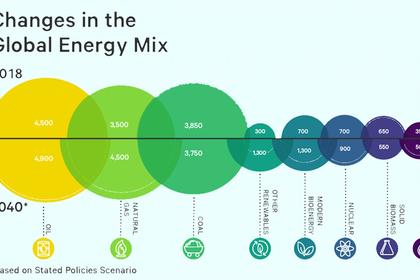
2024, August, 22, 06:30:00
GLOBAL ENERGY SYSTEM CHANGES
Clean energy technologies like solar, wind, electric cars, and heat pumps seem to be reshaping the power that we deploy today in factories, vehicles, home appliances and heating systems.
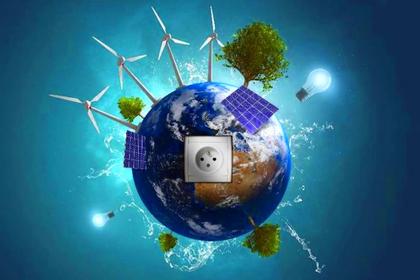
2024, July, 3, 06:30:00
GLOBAL ENERGY TRANSFORMATION
Digital infrastructure is being deployed across various layers of the power grid, from transmission to distribution, enabling better management and optimization of electrical systems.

2024, May, 22, 06:40:00
ENERGY INFRASTRUCTURE CHANGES
Consumer involvement in distribution network operations will be beneficial for both consumers and Distribution Companies (DISCOMs).
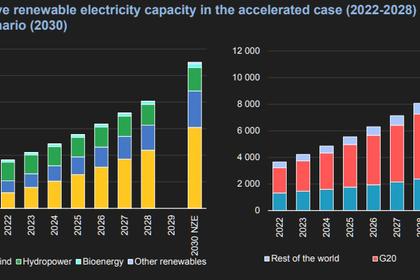
2024, May, 3, 06:35:00
GLOBAL CLEAN ENERGY TRANSITION
Decarbonization is synonymous with the energy transition.

2024, April, 17, 06:35:00
ENERGY TECHNOLOGIES & CONSUMERS
Factors in the Energy Utility Grid’s growth involve two facets of the Energy Industry, technology and energy consumer populations. Technology developments successfully applied to the Energy Utility Grid to expand efficiency, reliability, and stability include AI, SMART Grid platforms, and DERs.
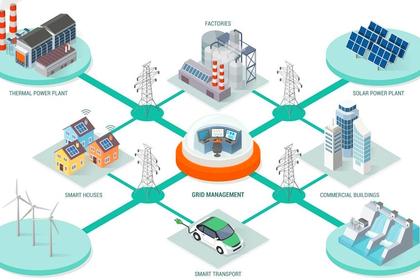
2024, March, 26, 06:40:00
ENERGY MANAGEMENT: VPP & DERMS
Differing from VPPs, a Distributed Energy Resources Management System (DERMS) offers grid services that are closely tied to the specific location (grid connection) of each asset.









